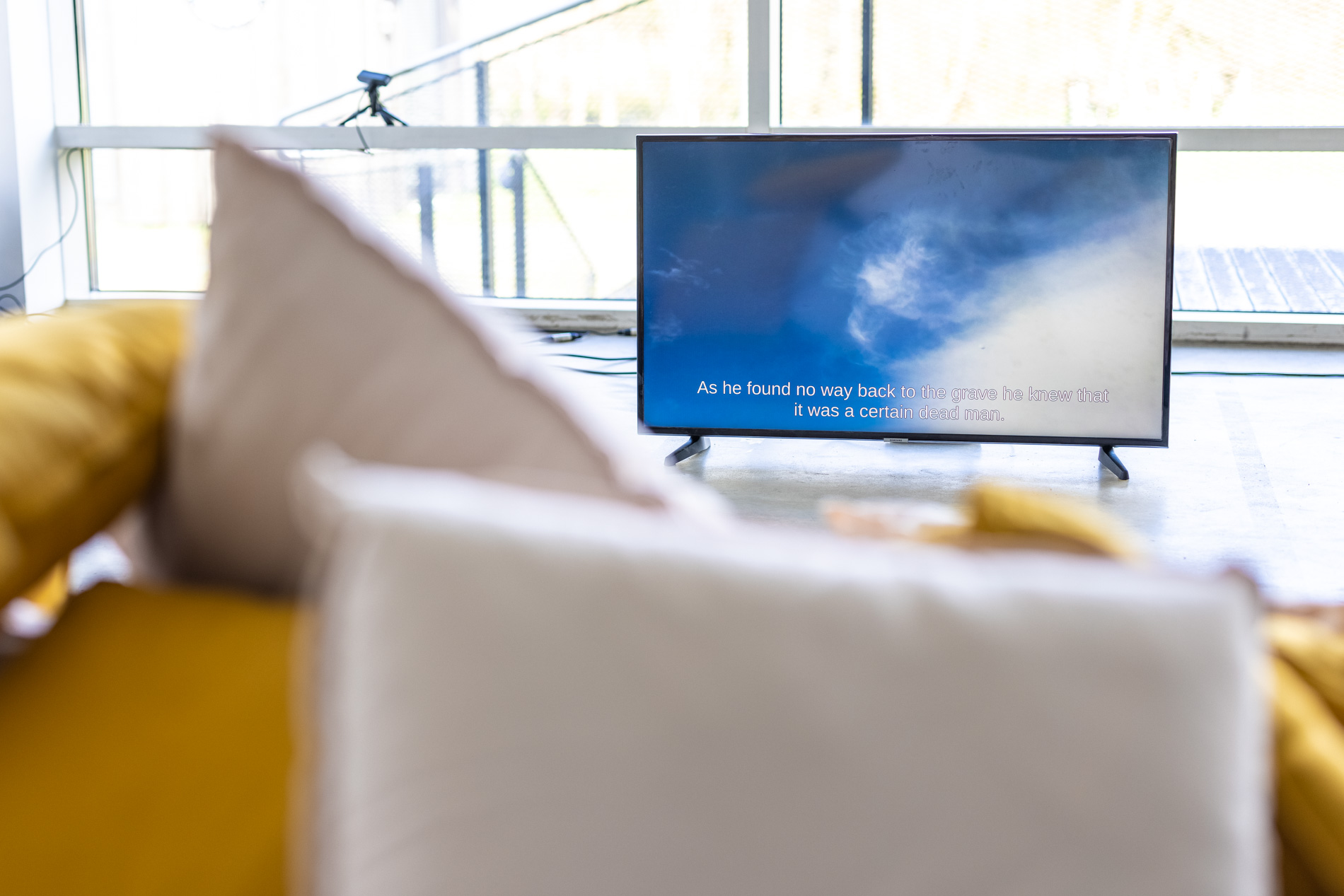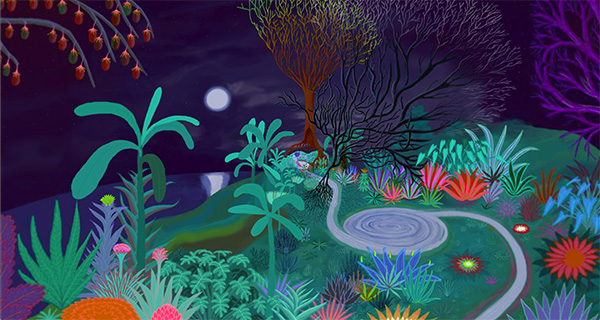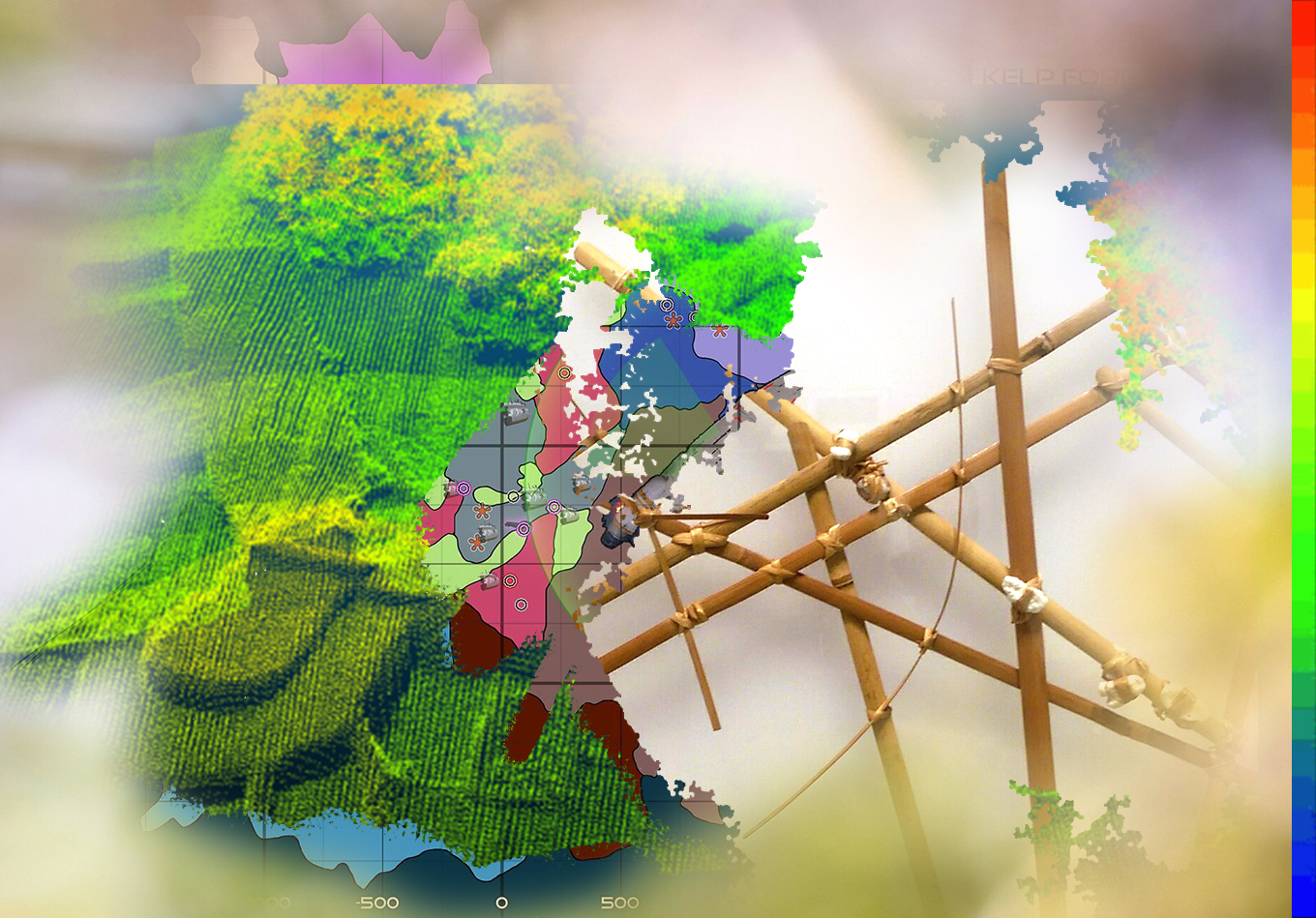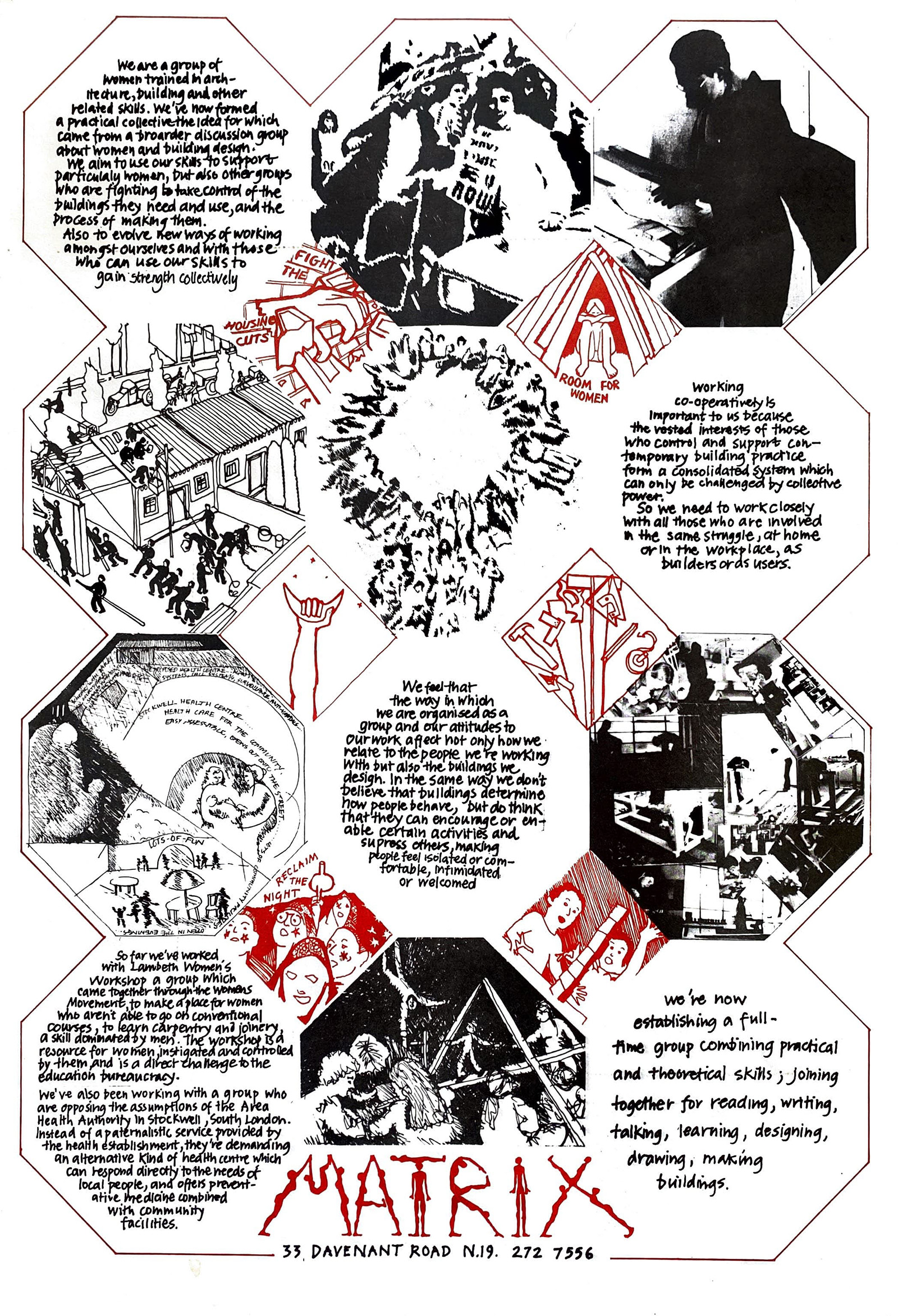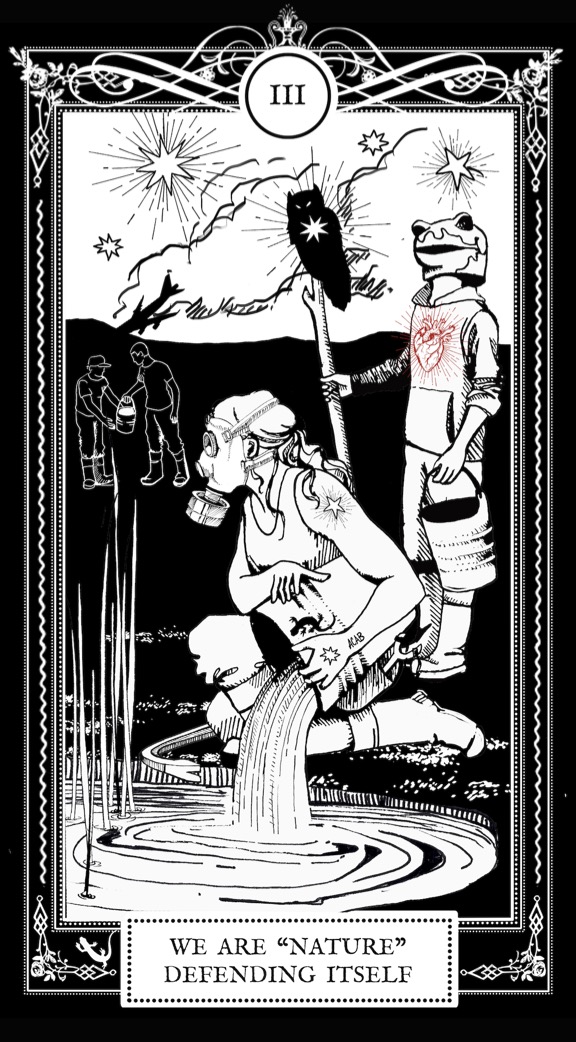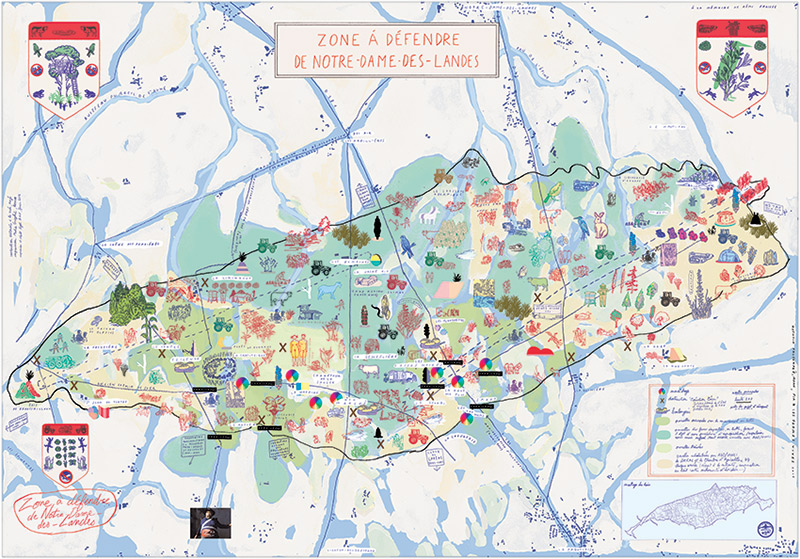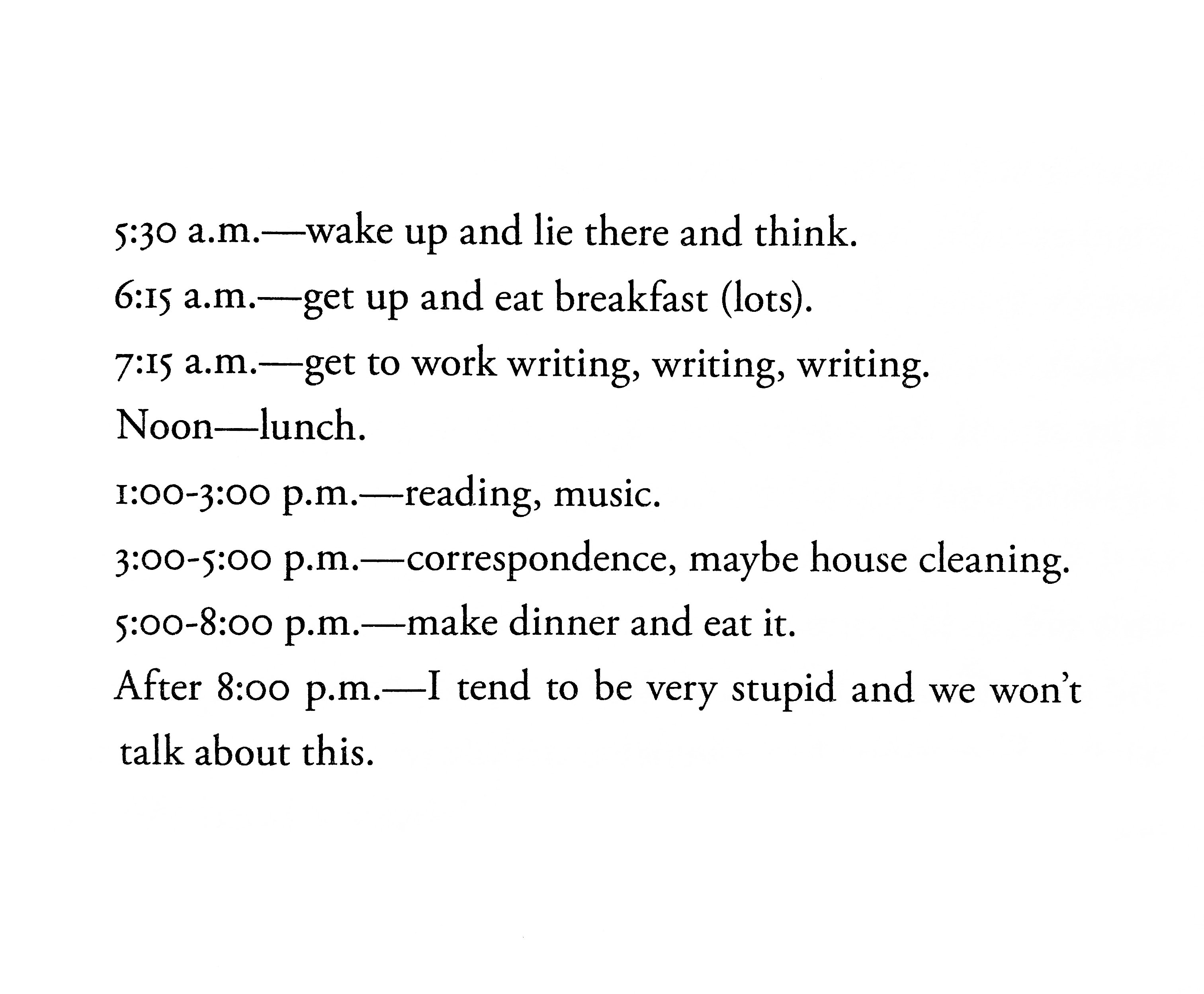We’re hosting an event in London in a few weeks to launch Mapped, a project we’ve been working on over the last six months with the support of the Joseph Rowntree Reform Trust.
Mapped integrates with common organising platforms like Airtable, Mailchimp and Action Network to augment membership lists with other useful data sources. Organisers can visualise their membership lists on a map overlaid with contextual geographic, demographic and political data. The goal is to enable more strategic organising beyond data collection and broadcast communications, empowering organisers to look for insights and patterns that aren’t available when membership lists are locked into static databases.
If you’re in London, come along!
6:30 PM — 9:00 PM, Tuesday 2 April
Pelican House, 144 Cambridge Heath Rd, Bethnal Green, London E1 5QJ
For more event details and to RSVP: lu.ma/sw0qjba9
Project background
I’m really happy with this introduction that I co-wrote with Jan and Alex for the Common Knowledge blog. It distills our thinking around the upcoming election and why we’re doing this work:
Elections as a moment of political terraforming
At Common Knowledge, our particular interest is in bottom up (or grassroots) rather than top down politics. When the bread and butter of conventional politics is oriented towards political elites, whether by lobbying and policy advocacy or by installing new political elites through elections, we instead emphasise collective self-organising as key to radical social change.
But while elections are not our key focus, electoral cycles will always be a crucial time in politics. We see elections as a moment or tactic in the wider field of social change. The process and outcome of an election shapes the terrain on which movements operate. They can either operate on highly unfavourable terrain, where their effort needs to go into firefighting and even sheer survival, or they can operate on more favourable terrain, where some needs are met and other questions can be addressed. Elections to some extent terraform this terrain.
Despite a general (and understandable!) trend of apathy towards formal politics, it is also true engagement always rises significantly during an election year. This means a larger audience, with more attention being paid than usual. While organisers often have an expanded theory of politics, elections are one of the main times when “politics happens” for a lot of people, i.e. when social needs, possibilities and political decisions are collectively discussed and considered, especially for those who aren’t involved in other organised political activity.
These moments are a crucial opportunity for grassroots groups to build power, recruit new members, strengthen their collective leadership and push the Overton window towards their own agenda. In elections, groups can learn new skills, raise capability and capacity and become more coherent as a group. We have seen these skills are transferable to other organising contexts. This includes the basic mechanics and tactics of elections: to hold a strike, one needs to first win a ballot. Something like “get out the vote” drives are an important element of this.
Regardless of which party comes into power, we want to empower non-electoral actors within the movement ecology before, during and after the election, particularly those that operate at pivotal sites of struggle like universalising access to healthcare, homes and energy, or responding to the climate crisis.
Methodology and technology
Our goal is to use this moment as an opportunity to establish a set of practices and software, or ‘methodology and technology’ as our comrades at the Zetkin Foundation like to say, that will strengthen these organisations’ relational power and persist after the General Election cycle is over. In doing so, we will enable them to focus on the quality of the relationships between members and ultimately facilitate more people to take up progressive collective action in the long-term.
Focusing on long-term goals
As The Social Practice Europe identified in their Organising at Scale Briefing Note, in order to build power through elections, it is crucial to prioritise medium and long-term goals like leadership development, building relationships with members and having a plan for those people after the election.
Another reference point is the book Prisms of the People , which gives really clear analysis and strategic recommendations from the US, where civil society and particularly community organising-based organisations are regularly involved in electoral work. Elections are a moment of potential crystallisation that builds power over the longer term.
To put this in a different way: our goal with this project is to help facilitate election mobilisation without the accompanying demobilisation.
Read the full post on the Common Knowledge blog
Related
Owen Jones has just launched We Deserve Better, a campaign to send Starmer’s Labour a message, support Green and left-wing independent candidates, and build an alternative politics based on hope.


